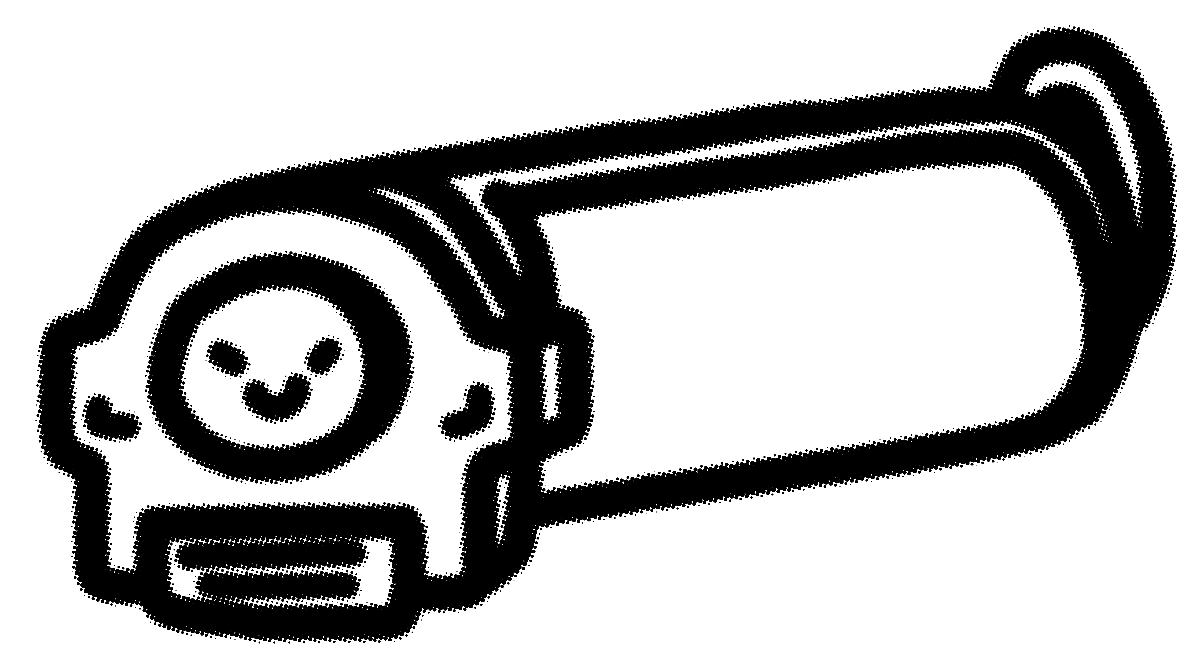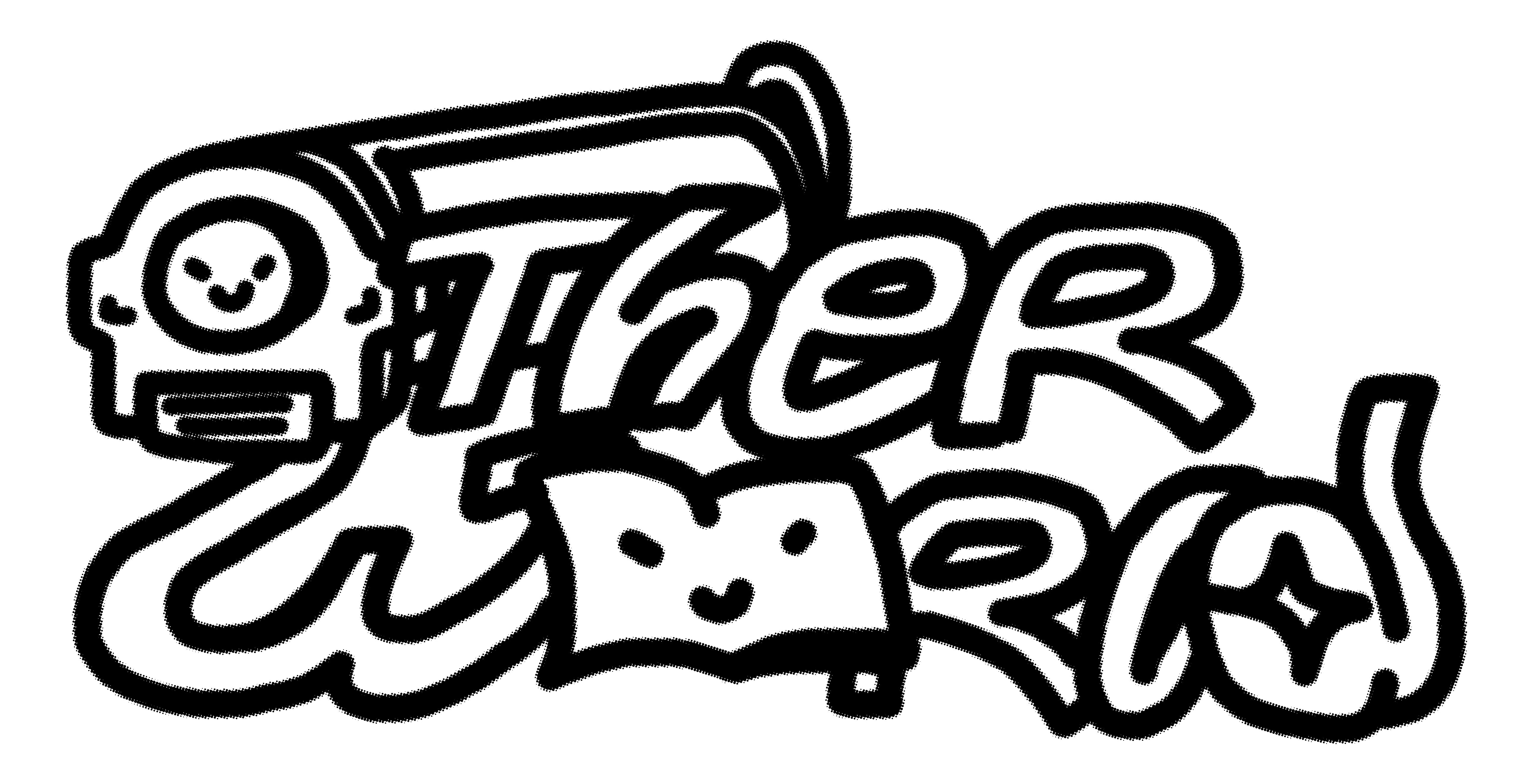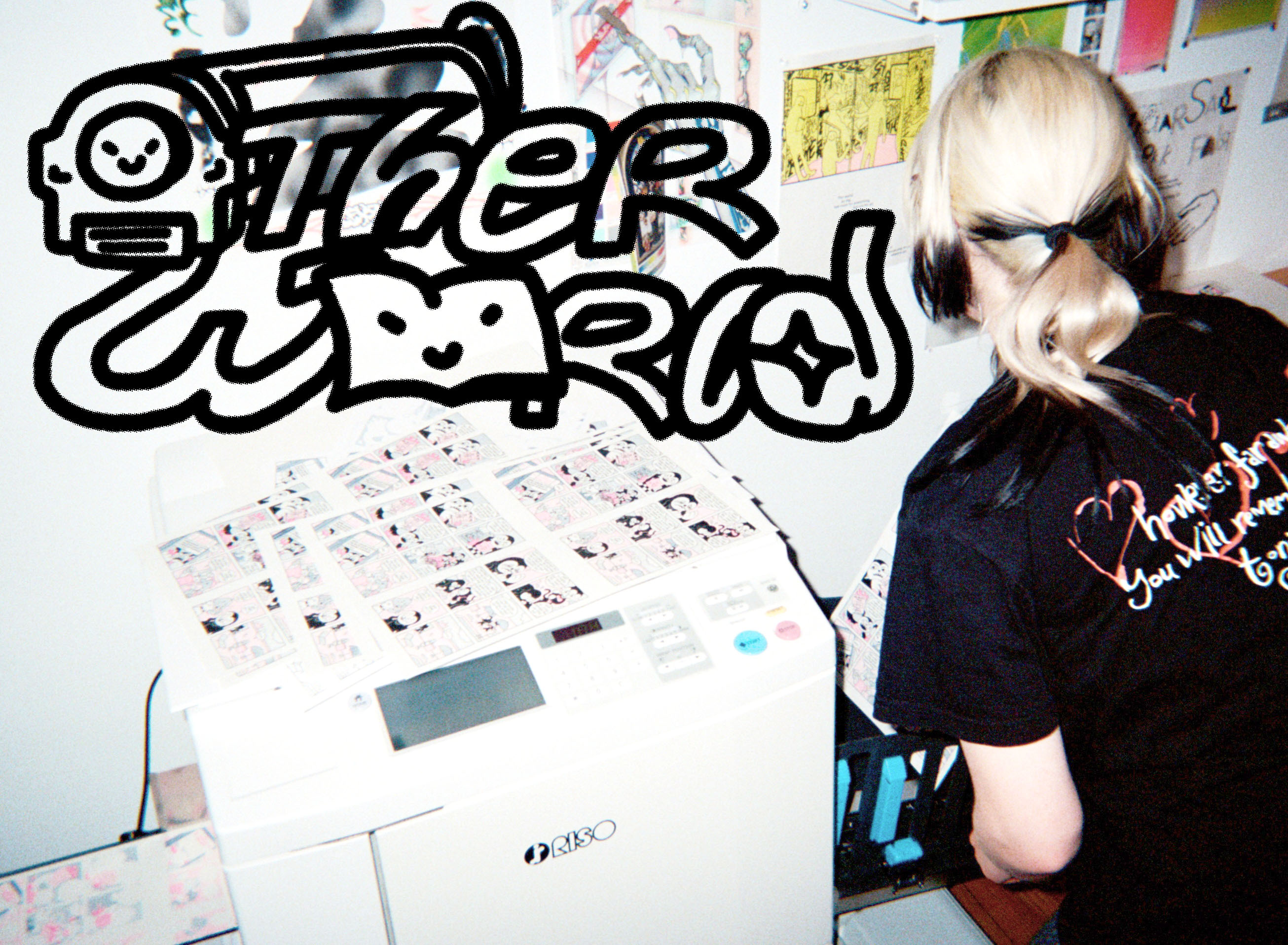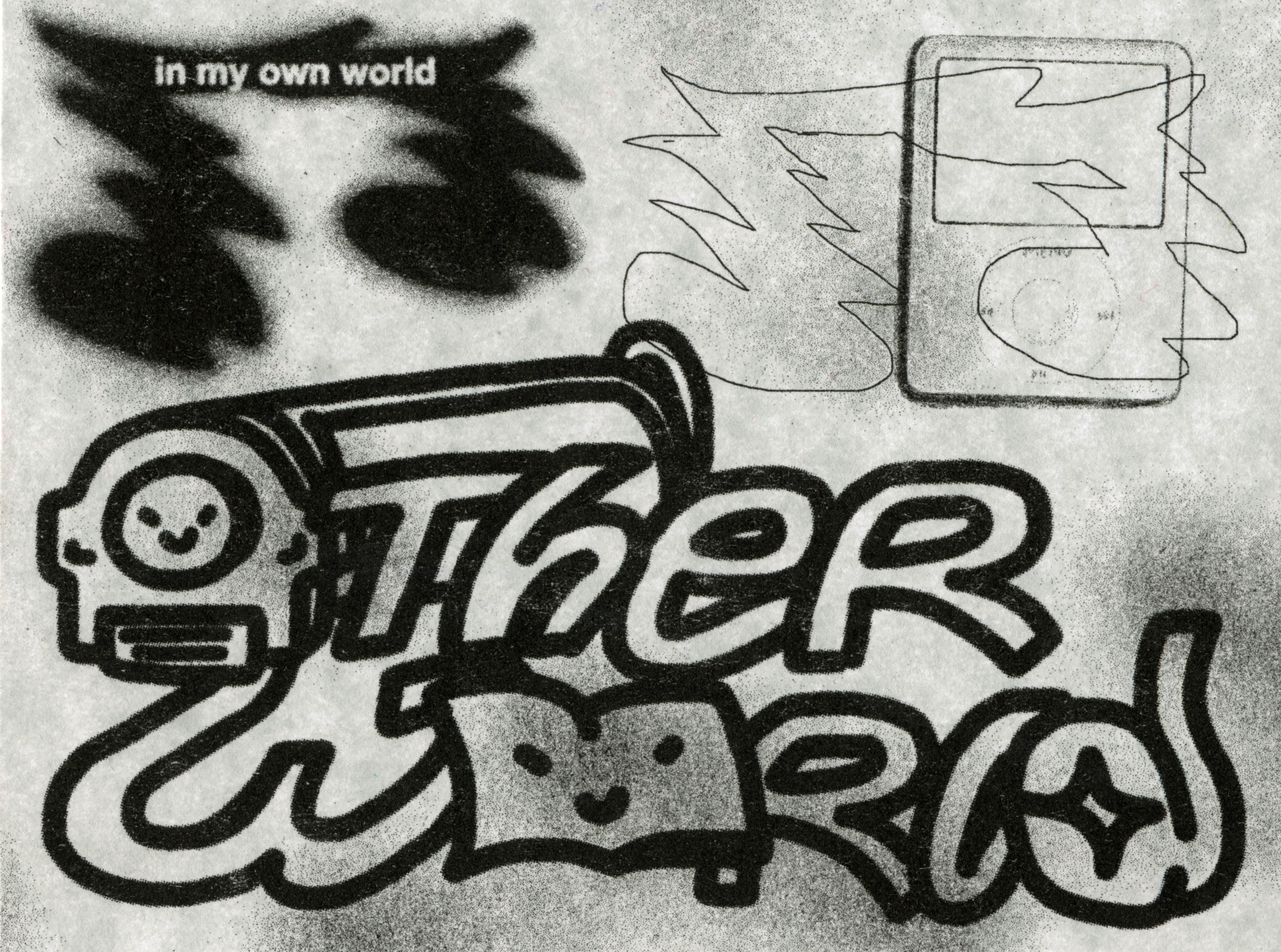What is Risograph printing?


Risographs are duplicator printers from Japan that create stencil/image “masters” that are applied to cylindrical ink “drums” to print spot-colors. Risographs print one color at a time in a process that is similar to offset & screen-printing.
Each ink drum contains a single color, & the masters are made from grayscale color-separated files/images. The risograph reads grayscale as ink opacity ー higher or darker opacity (black or 100%) results in highly pigmented & vibrant print with dense ink coverage.











